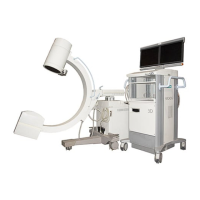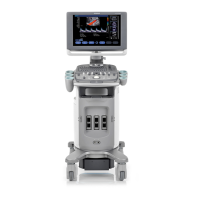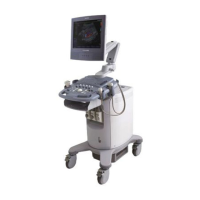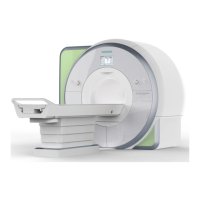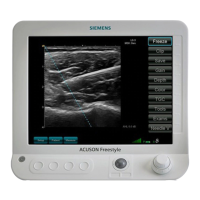Maintenance 157
Priming and initializing the ISE module
1. At the ISE Operation window, in the Bufferprime area, enter 15 in the Times field.
2. To prime the line with buffer, select
Execute, then select Yes.
3. When the priming is finished, verify that the electrodes are not leaking.
4. At the ISE Operation window, select
Exit, then select Yes.
5. Run 10 pooled serum samples, or do an ISE CV check.
6. Perform calibration and run controls.
Conditioning the ISE Na and K electrodes
Materials required:
•
10 mL of serum pool
•
30 mL of ISE Buffer
(REF 03463190, PN B01-4171-51)
•
2-mL or 3-mL plastic, disposable pipette
Time: 5 minutes (preparation)
24 hours (immersion)
Analyzer mode: NA
BIOHAZARD
Wear personal protective equipment.
Use universal precautions.
Condition an electrode the day before you need to use it. A new electrode may take a
long time to stabilize.
1. Prepare a 1:4 dilution of pool serum using ISE buffer solution.
2. Remove the new electrode from its case.
NOTE: The ion electrode contains an inner solution, which can be confirmed by
shaking the electrode. This solution decreases little by little with time. If you do not
feel any response in your shaking, measure its weight. If the electrode weighs less
than 9 g, do not use it.
3. Remove the sponge from the bottom of the
electrode case and place the electrode to be
conditioned back into the case.
4. Using a dropper or pipette, add 0.5 mL of
pool serum into the flow path of the
electrode.
5. Be sure to apply the serum thoroughly.
6. Cover the entire electrode with the ISE
buffer.
Allow the electrode to condition overnight.
NOTE: Be sure that the electrode is at room
temperature. There is a lot of drift if the
electrode is not at room temperature.
Figure 5-38. Soaking the electrode

